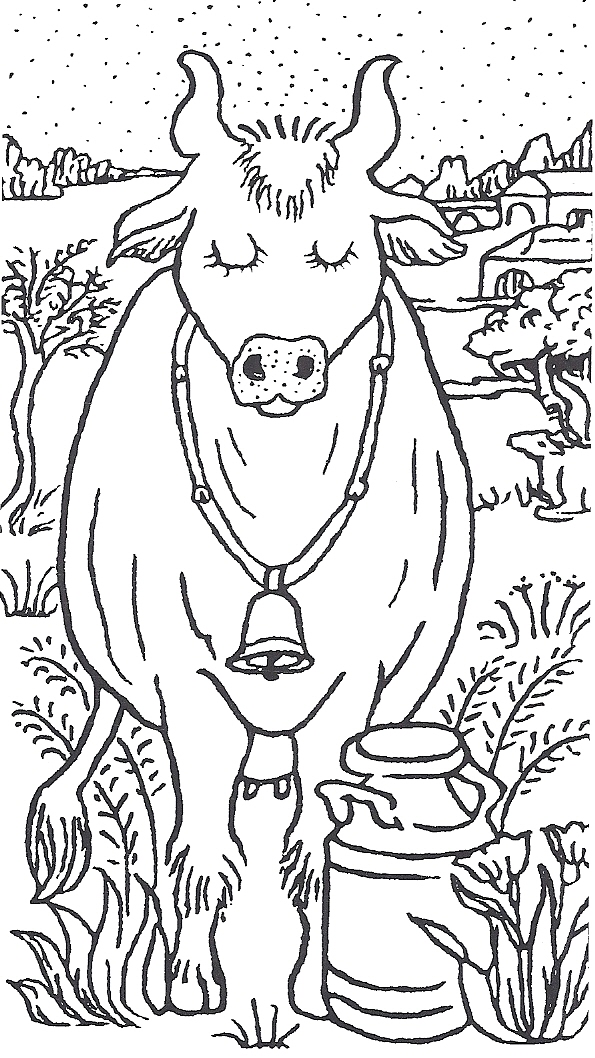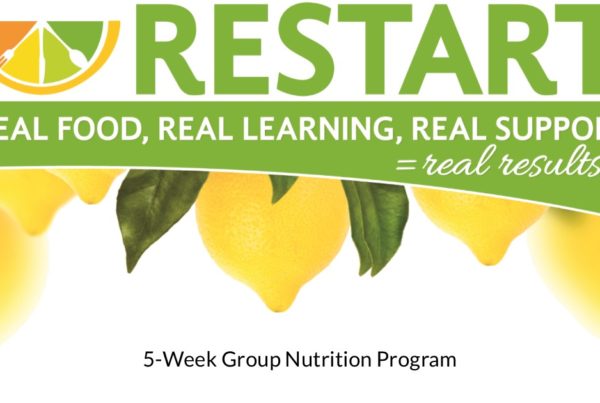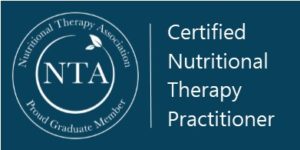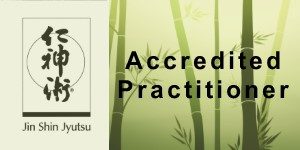A project of The Weston A. Price Foundation.
Excerpt from A Campaign for Real Milk a complimentary pamphlet offered by The Weston A. Price Foundation. Weston A. Price Foundation is a nonprofit, tax-exempt nutrition education foundation. Read our mission statement. . . Become a member and receive our lively and informative quarterly journal. Click here for a message from Sally Fallon Morell. Read our Dietary Guidelines here.
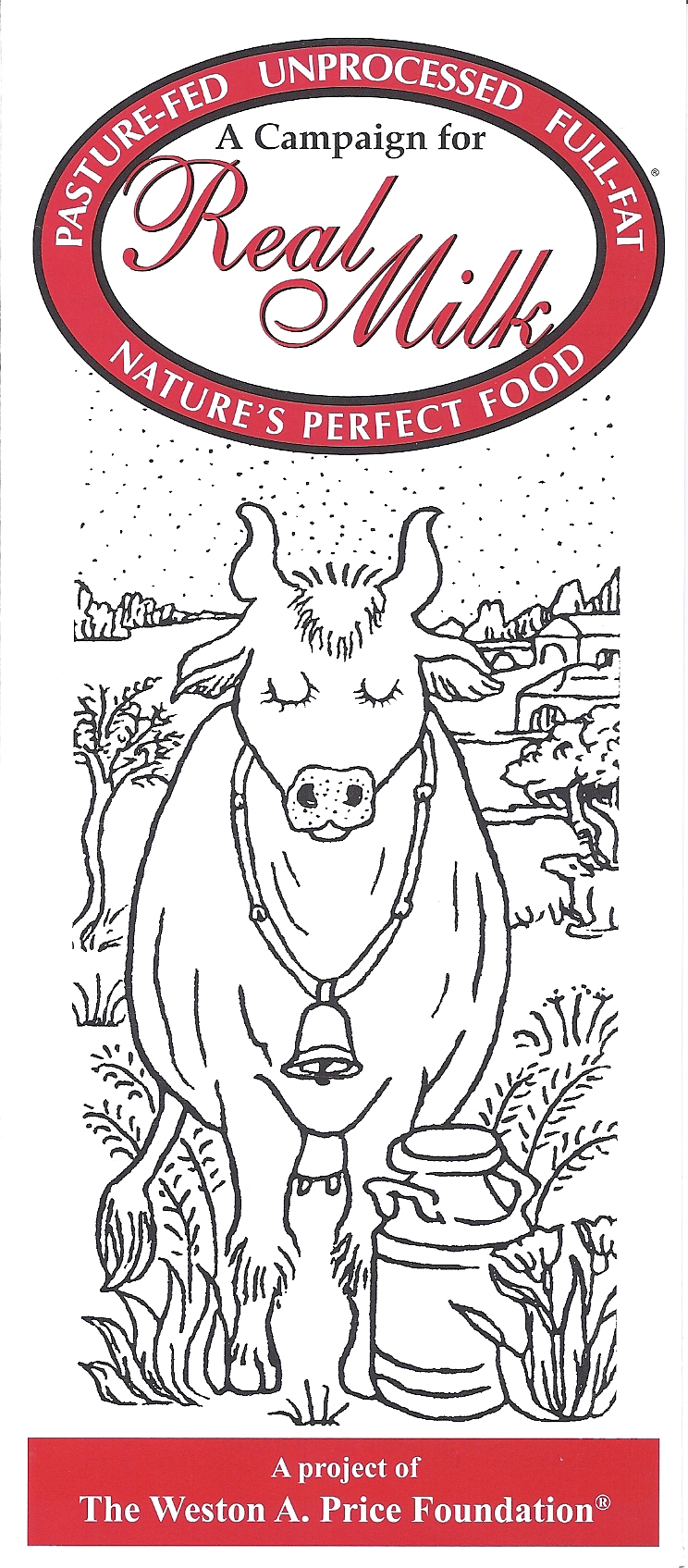 Real Milk comes from real cows.
Real Milk comes from real cows.
The source of most commercial milk is the modern (rather than the traditional) Holstein, bred to produce huge quantities of milk – three times as much as the old-fashioned cow – and to survive on a grain-based diet rather than on grass. Her average lifespan is forty-two months, compared to about twelve years for the grass-fed cow. She must be milked three times per day, and she is very susceptible to mastitis. her milk contains high levels of growth hormone from her pituitary gland, even when she is spared the indignities of genetically engineered Bovine Growth Hormone to push her to the udder limits of milk production.
Real Milk comes from real cows that eat real feed.
Real feed for cows is green grass in spring, summer and fall, with only small amounts of grain; stored dry hay, silage and root vegetables in winter. It is not soy meal, cottonseed meal or other commercial feeds, nor is it bakery waste, chicken manure, swill from ethanol production or citrus peel cake laced with pesticides. Vital nutrients like vitamins A, D, E, and K2 are greatest in milk from cows eating green grass, especially rapidly growing green grass in the spring and fall. Vitamins A and D are greatly diminished, and vitamin K2 disappears when milk cows are fed commercial feed. Soy meal has the wrong protein profile for the dairy cow, resulting in a short burst of high milk production followed by premature death. Most milk (even most milk labeled “organic”) comes from dairy cows that are kept in confinement their entire lives and never see green grass!
Real Milk is not pasteurized.
Pasteurization destroys enzymes, denatures anti-microbial and immune-stimulating components, diminishes nutrient availability, denatures fragile milk proteins, destroys vitamins C, B6 and B12, kills beneficial bacteria, promotes pathogens and is associated with allergies, increased tooth decay, colic in infants, growth and behavior problems in children, osteoporosis, arthritis and heart disease. Calves fed pasteurized milk do poorly and often die before maturity. Raw milk sours naturally but pasteurized milk turns putrid. Pasteurization was instituted in the 1920s to combat TB, infant diarrhea, undulant fever and other diseases caused by poor animal nutrition, dirty production methods and infected water supplies. But times have changed and effective water treatment, stainless steel tanks, milking machines, refrigerated trucks and improved testing methods make pasteurization absolutely unnecessary for public protection. And pasteurization does not always kill pathogens. The bacteria for Johne’s disease, with which a large portion of confinement cows are infected, survive pasteurization; Johne’s has been linked to Crohn’s disease in humans. Much commercial milk is now ultra-pasteurized to get rid of heat-resistant pathogens and give it a longer shelf life. Ultra-pasteurization is a violent process that takes milk from a cool temperature to above the boiling point in just a few seconds. Clean raw milk from tested healthy cows is available in stores in several states and may be bought directly from the farm or obtained through cow share or herd share programs in many more. (Sources are listed at www.realmilk.com.)
Real Milk is not homogenized.
Homogenization is a process that breaks down butterfat globules so they do not rise to the top. Homogenized milk has been linked to heart disease.
Real Milk contains butterfat, and lots of it!
Average butterfat content from old-fashioned cows at the turn of the century was over 4 percent (or more than 50 percent of calories). Today butterfat comprises less than 3 percent (or less than 35 percent of calories). Worse, consumers have been duped into believing that low-fat and skim milk products are good for them. Only by marketing low-fat and skim milk as health foods can the modern dairy industry get rid of its excess poor-quality, reduced-fat milk from modern high-production herds. Butterfat contains vitamins A and D needed for assimilation of calcium and protein in the water fraction of the milk. Without them protein and calcium are more difficult to utilize and possible toxic. Butterfat is rich in short- and medium-chain fatty acids, which protect against disease and stimulate the immune system. It contains glycospingolipds, which prevent intestinal distress, and conjugated linoleic acid, which as strong anticancer properties.
Real Milk products contain no additives.
Powdered skim milk, a source of dangerous oxidized cholesterol and neurotoxic amino acids, is added to 1% and 2% milk. Low-fat yogurts and sour creams contain mucopolysaccharide slime to give them body. Pale butter from hay-fed cows contains colorings to imitate vitamin-rich butter from grass-fed cows. Bio-engineered enzymes are used in large-scale cheese production. Mass-produced cheeses contain additives and colorings, and imitation cheese products contain vegetable oils.
Real Milk can save family farms.
Pasteurization laws favor large, industrialized dairy operations and squeeze out small farmers. When farmers have the right to sell unprocessed milk directly to consumers, they can make a decent living, even with small herds.
Real Milk Nature’s Perfect Food
Galen, Hippocrates, Pliny, Varro, Marcellus Empiricus, Bacchis and Anthimus, leading physicians of their day, all used raw milk in the treatment of disease. During the early 1900s, Dr. J. E. Crewe of the Mayo Foundation used an exclusive raw milk diet to cure TB, edema, heart failure, high blood pressure, prostate disease, urinary tract infections, diabetes, kidney disease, chronic fatigue and obesity. Today, in Germany, successful raw milk therapy is provided in many hospitals.
Studies show that children fed raw milk have more resistance to TB than children fed pasteurized milk (Lancet, p 1142, 5/8/37); that raw milk is very effective in preventing scurvy and protecting against flu, diphtheria and pneumonia (AM J Dis Child, Nov 1917); that raw milk prevents tooth decay, even in children who eat a lot of sugar (Lancet, p 1142, 5/8/37); that raw milk is better than pasteurized milk in promoting growth and calcium absorption (Ohio Agricultural Experiment Station Bulletin 518, p 8, 1/33); that a substance present in raw cream (but not in pasteurized cream) prevents join stiffness and the pain of arthritis (Annual Review of Biochemistry, 18:435, 1944); and that children who drink raw milk have fewer allergic skin problems and far less asthma than children who drink pasteurized milk (Clinical & Experimental Allergy. 2007 May; 35(5) 627-630). Man parents report an improvement in their children’s behavior when they switch from pasteurized to raw milk.
Raw milk contains numerous components that kill pathogenic bacteria in the milk, strengthen the immune system, protect the intestinal tract, prevent the absorption of toxins and ensure full assimilation of all the nutrients in the milk. These components are largely destroyed by pasteurization.
Learn about real nutrition: join The Weston A. Price Foundation. Click here for ‘just the facts’.

